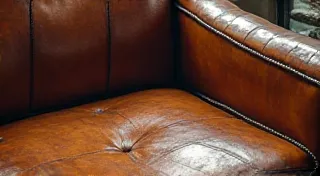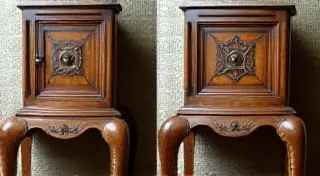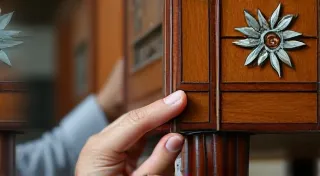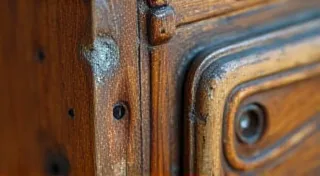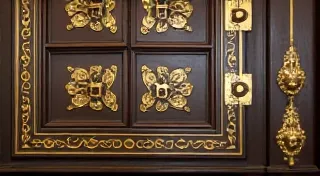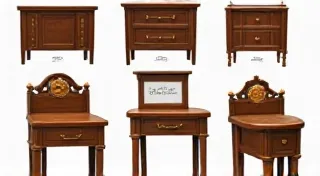Protecting Your Restored Antique Furniture: Preventative Measures
You've poured your time, effort, and passion into restoring an antique piece of furniture. The finish gleams, the structure is sound, and the history practically radiates from its surface. But the work doesn’t end with the restoration itself. Protecting your restored antique furniture is crucial to ensuring its longevity and maintaining its beauty for generations to come. This article outlines practical preventative measures you can take, from simple habits to environmental considerations.
Understanding the Enemies of Antique Furniture
Before diving into solutions, it's important to understand what threatens your restored antique furniture. Common enemies include:
- Sunlight: UV rays fade finishes and weaken wood.
- Humidity & Temperature Fluctuations: These cause wood to expand and contract, leading to cracking, veneer lifting, and finish damage. Understanding the science behind these fluctuations and how they affect different wood types is essential. For those grappling with existing damage, exploring options like dealing with water rings and heat damage might be a good starting point.
- Dust & Dirt: Abrasive particles scratch finishes over time.
- Pests: Woodworms and other insects can cause significant structural damage.
- Improper Handling & Cleaning: Harsh chemicals and abrasive materials can strip finishes and damage delicate details.
Practical Preventative Measures
1. Environmental Control – The Foundation of Preservation
Controlling the environment is arguably the most important factor in preserving your antique furniture. Aim for stable conditions:
- Light Management: Position furniture away from direct sunlight. Use curtains, blinds, or UV-filtering window film to minimize exposure. Rotating furniture periodically can also help distribute sunlight exposure more evenly.
- Humidity & Temperature: Maintain consistent humidity levels (ideally between 40-60%). Use a humidifier or dehumidifier as needed. Avoid placing furniture near radiators, fireplaces, or air conditioning vents.

2. Gentle Cleaning & Maintenance
Regular, gentle cleaning is key. Avoid harsh chemicals and abrasive cleaners. Here’s a basic routine:
- Dusting: Dust weekly with a soft, lint-free cloth. Microfiber cloths are excellent for this. Follow the grain of the wood.
- Occasional Cleaning: Use a furniture polish specifically designed for antique furniture. Apply sparingly and buff gently. Test the polish on an inconspicuous area first. It's a delicate process, and sometimes restoration itself is required. If you're unsure about the process, investigating antique furniture conservation vs. restoration might shed light on the distinctions.
- Avoid Water: Excess water can damage wood and finishes. Clean up spills immediately with a damp (not wet) cloth.
3. Protecting from Physical Damage
Even with a flawless restoration, physical contact can cause damage:
- Felt Pads: Attach felt pads to the feet of chairs and tables to prevent scratches on floors.
- Coasters & Placemats: Always use coasters for drinks and placemats for hot dishes to protect the surface of the furniture.
- Careful Handling: Avoid placing heavy objects on delicate surfaces. Handle antique pieces with care, especially when moving them. The structural integrity of older furniture is often compromised, and complex repairs might be needed. Knowing how to properly maintain those joints can significantly extend the life of your antique. Exploring repairing loose joints on antique furniture is a smart preventative measure.
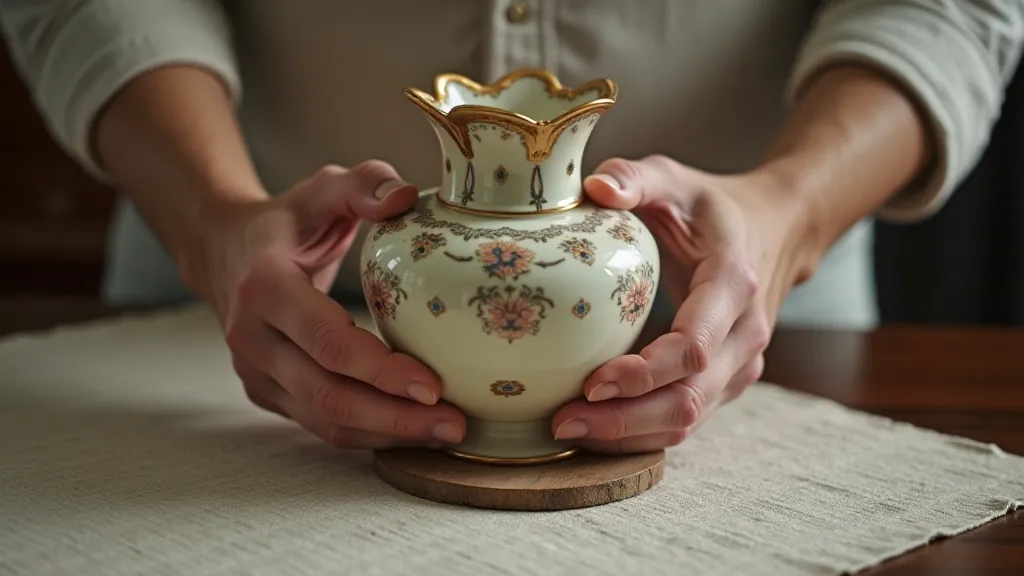
4. Pest Prevention
While a proper restoration often includes treating for pests, ongoing prevention is important. Inspect furniture regularly for signs of infestation (small holes, sawdust). If you suspect pests, consult a professional exterminator specializing in antique furniture. The damage pests can inflict can be extensive, often requiring specialized techniques to repair. This frequently involves intricate work, particularly when dealing with delicate marquetry.
5. Long-Term Storage
If you need to store antique furniture, take extra precautions:
- Clean Thoroughly: Clean the furniture thoroughly before storing it.
- Wrap Carefully: Wrap the furniture in breathable fabric (cotton sheets, not plastic) to protect it from dust and scratches.
- Stable Environment: Store furniture in a cool, dry, and well-ventilated area.
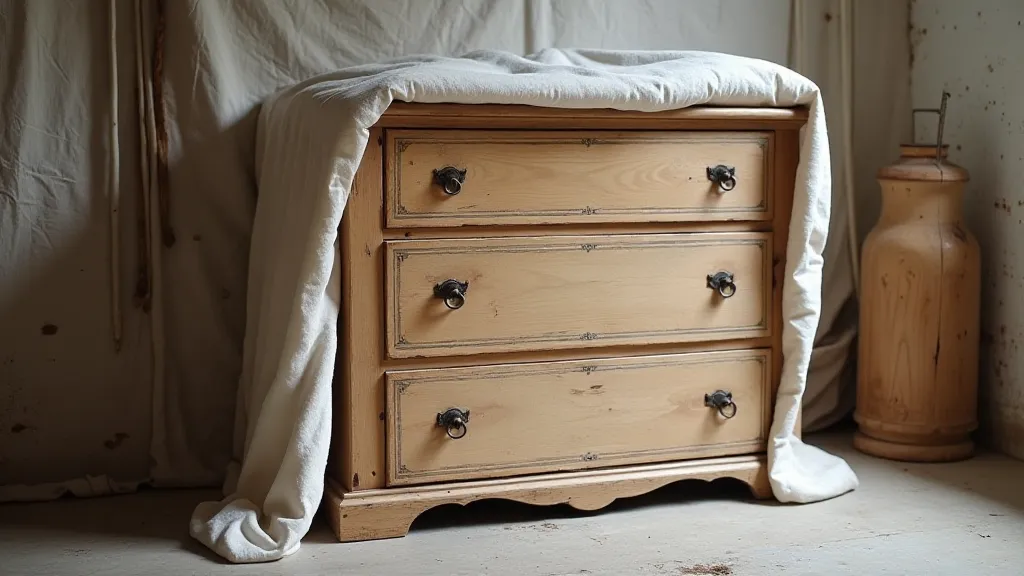
Dealing with Specific Challenges in Antique Furniture Preservation
Beyond the basic preventative measures, certain features of antique furniture often demand specialized care. Marquetry, for instance, is a particularly vulnerable element. The intricate detail and delicate veneers require a skilled hand and precise materials for successful restoration.
Furthermore, understanding the materials used in antique furniture is crucial. Different types of wood, finishes, and hardware react differently to environmental changes and cleaning products. Researching the specific construction of your piece can greatly inform your preservation efforts.
Advanced Preservation Techniques
For truly valuable and historically significant pieces, consider more advanced preservation techniques. These may include:
- Controlled Climate Storage: Maintaining precise humidity and temperature levels in a dedicated storage space.
- Conservation-Grade Finishes: Applying finishes specifically designed to protect antique furniture and allow for future conservation efforts.
- Regular Inspection by a Professional Conservator: A conservator can identify potential problems early and recommend preventative measures.
Conclusion
Protecting your restored antique furniture is an ongoing commitment. By implementing these preventative measures, you can safeguard your investment, preserve its beauty, and enjoy its historical significance for years to come. Remember that consistency and gentle care are the key to maintaining your antique treasures. And when faced with specific challenges, remember there are resources available to guide you—from understanding the difference between restoration and conservation to learning techniques for dealing with water rings and repairing loose joints. Your antique furniture deserves the best possible care, ensuring its legacy endures for generations.
